Editor's note: in mid-2024 Jugemu changed its name to Kikka (orange blossom), but it is the same chef/owner.
Jugemu (“infinite lifespan”) has been operating in its Soho side street since 2016. Chef and owner Yuya Kikuchi, from Kanagawa, prepares all the food alone in his kitchen, as often happens in restaurants in Japan. He has been in the UK since 2007, and previously opened Kirazu in 2013 after working at the Mitzukoshi department store in London. Prior to that he cooked at restaurant Kamogawa in Australia and Tagawa in Brussels. When he was living in Japan, he even became a licensed fugu chef parts of the fugu pufferfish are extremely poisonous so the fish requires considerable care in its preparation). The food here majors on sushi but the chef prepares other styles of food too. The clientele is mostly Japanese. We opted for omakase tonight i.e. let the chef decide on the food (seemingly, this option is not always available) rather than a la carte. This tasting menu was priced at £125, but you could spend a lot less by going a la carte. There were some token wines on offer (without growers or vintages listed) but this is a place to drink beer or sake, or both. We sat at the counter but there are a few tables also but this is a compact dining room. The whole restaurant seats perhaps twenty people.
The meal began with chawanmushi of uni (sea urchin) which was sourced from Iceland. The savoury custard had nice texture and the sea urchin was of good quality. Alongside was a dish of octopus and cucumber and yuzu miso, the octopus avoiding chewiness and the seasoning providing just a touch of spice (15/20).
Sakura shrimp (sourced from Canada) is a translucent pink shrimp, its name derived from the Japanese cherry blossom. The little shrimps were served with a mixture of shimeji and enoki mushrooms and flavoured with tosazu, a dressing made from vinegar, mirin, soy and bonito dashi stock. This was pleasant though the mushrooms were fairly ordinary and the overall effect was just a little bland for me (14/20).
Much better was bonito, sourced from Italy, served with a spicy soy sauce. Bonito is a predatory fish related to the tuna, and is much prized in Japan, but for some reason rarely appears on UK menus. Its flavour is reminiscent of a cross between tuna and mackerel. This was high quality fish, having lovely rich flavour that was nicely enlivened by the spicy soy (17/20).
A little warm nori roll of scallop had unusually thin nori sheets and excellent sweet scallop (16/20). Monkfish wrapped in Chinese cabbage rested in a gelatinous sauce flavoured with a little yuzu. Monkfish is a notoriously difficult fish, turning to chewiness if you as much as look at it the wrong way, but this had no such issue, and there was just enough acidity from the yuzu to cut through the richness of the jelly (15/20).
Just about the only misstep of the meal was a rather chewy dish of beef seasoned with yuzu ponzu. This was “Denver cut” from the centre of the under blade, a piece of meat that has quite a lot of flavour but is inherently quite chewy unless you intervene with some culinary trickery. Perhaps cutting the beef into thinner slices would have helped a bit, but chewy is not a texture you really want in a dish (12/20).
Things went back on track with tender squid noodles in an excellent ginger-flavoured sauce. The squid was very good indeed and there was just enough ginger to, well, ginger things up nicely (15/20). Also good was duck with aubergine, onions and a little yuzu, the meat tender and the sharpness of the onions cutting nicely through the richness of the meat, the aubergine giving an extra contrasting flavour (15/20).
Only now did the sequence of sushi begin. I was very encouraged by the superb pickled ginger offered on the side plate. This can sometimes be an afterthought but this version, made using balsamic vinegar rather than regular vinegar, was absolutely superb. The sushi rice (from Yamagata prefecture) was served at body temperature, which is just how it should be, and the short grain rice grains were distinct and held together well. Sea bream sushi was a good start with the fish having pleasing texture. This was better than farmed Scottish salmon belly sushi, which had been matured for four days. This was pleasant enough but for me just lacked flavour. Sweet prawn sushi was better, the prawn living up to its name. Yellowtail (hamachi) was buttery and lovely, and then a mackerel roll had excellent flavour. Razor clam with just a touch of wasabi was genuinely classy, having gorgeous texture and flavour. A mix of akami and chu-toro tuna had lovely richness, flavoured with wasabi and topped with seaweed. Salmon roe roll was fine, and sea urchin roll had plenty of its characteristic brininess. As is traditional, the sushi sequence was followed by tamago, a rolled egg omelette cut into slices. This was OK but to be honest I have had better ones in Japan. Finally, there was a little bowl of very good pickled turnip (it takes skill to make a turnip into something tasty) and a simple but enjoyable bonus dish of prawn in a miso sauce (the sushi averaged 15/20 but the razor clam was a couple of notches higher than this).
The bill, bolstered by some beer and copious high class daiginjo sake, came to £184 a head, the food element being £125 per person. This was a thoroughly enjoyable meal, the chef being friendly and engaging, chatting to his customers while working away. The waitresses were also very good, working quietly and efficiently. The ingredient quality here was good, as shown by the terrific bonito and razor clams, and there was plenty of kitchen skill in the elaborate preparation and the balance of the dishes. This place reminded me of the fictional restaurant in the wonderful TV series “Midnight Diner”. The meal was delightful, and the whole experience genuinely charming.






























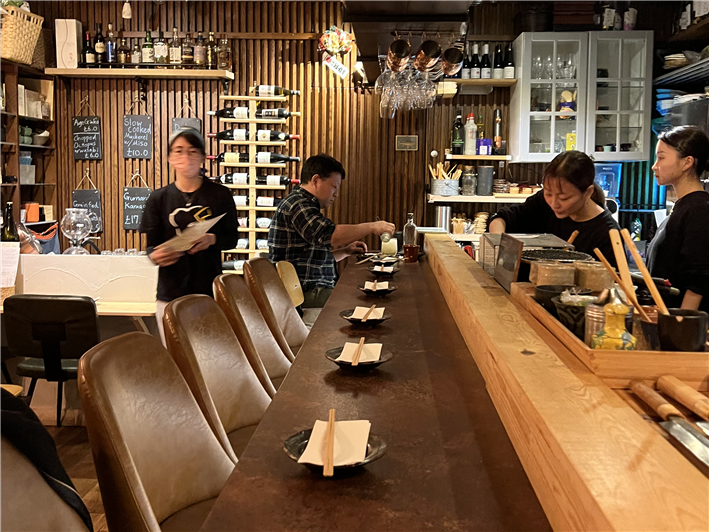
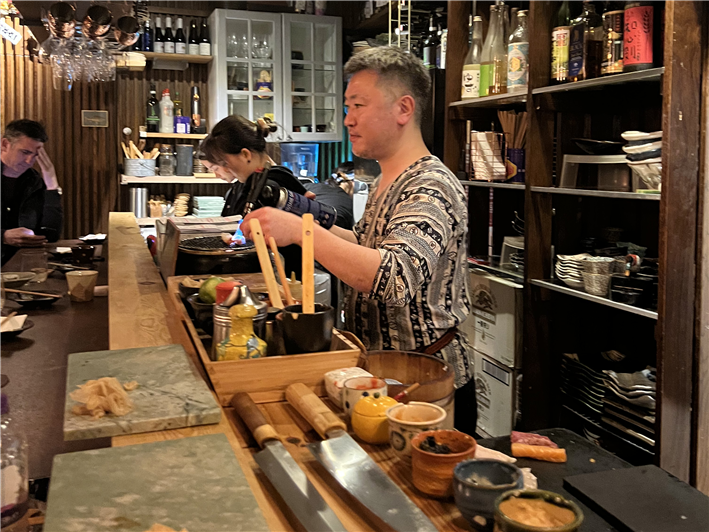
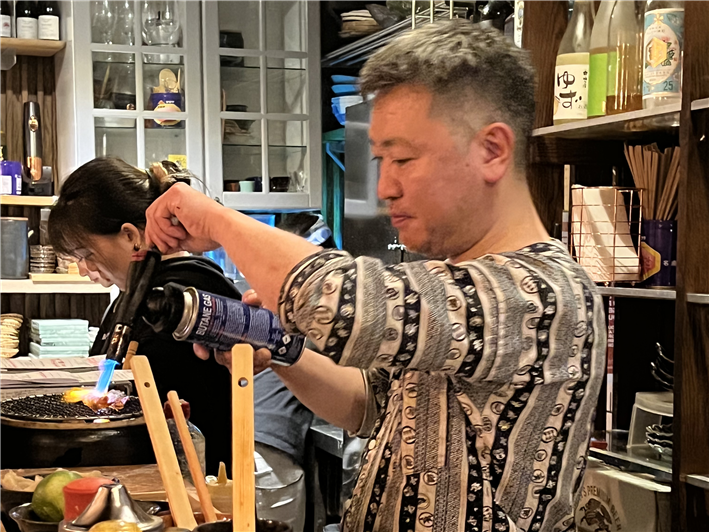
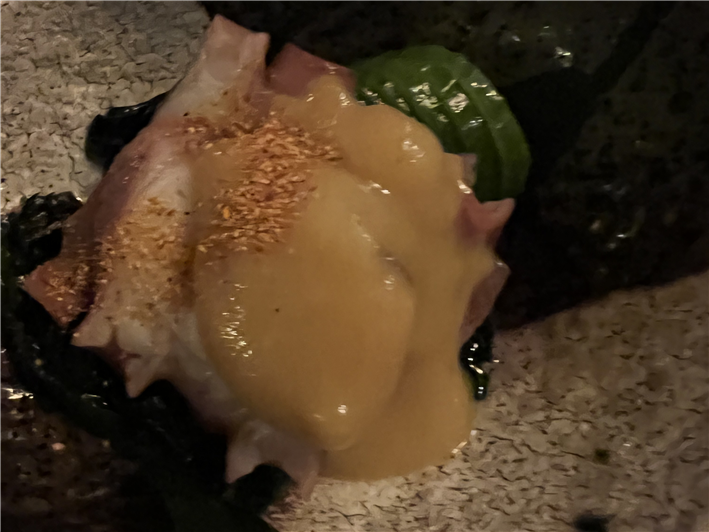
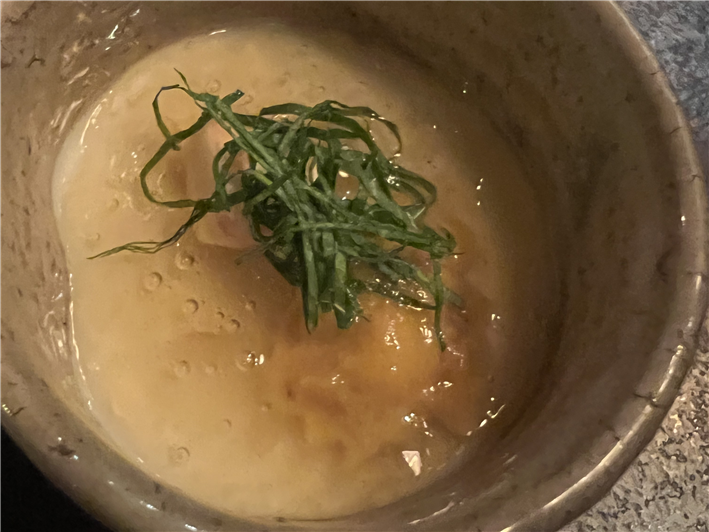

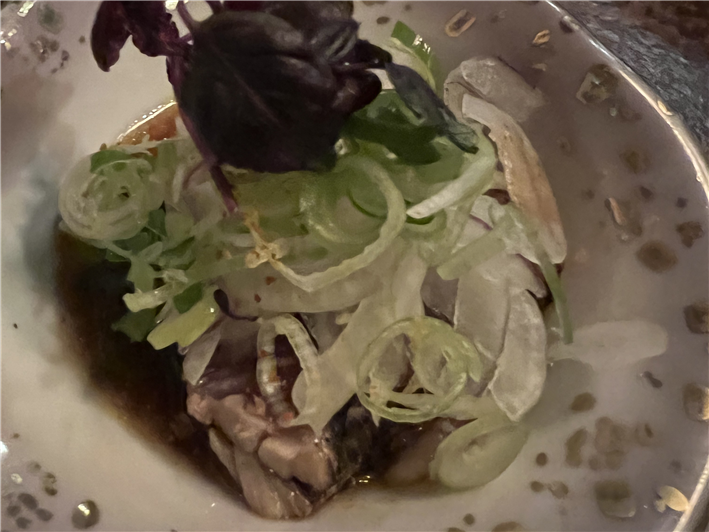
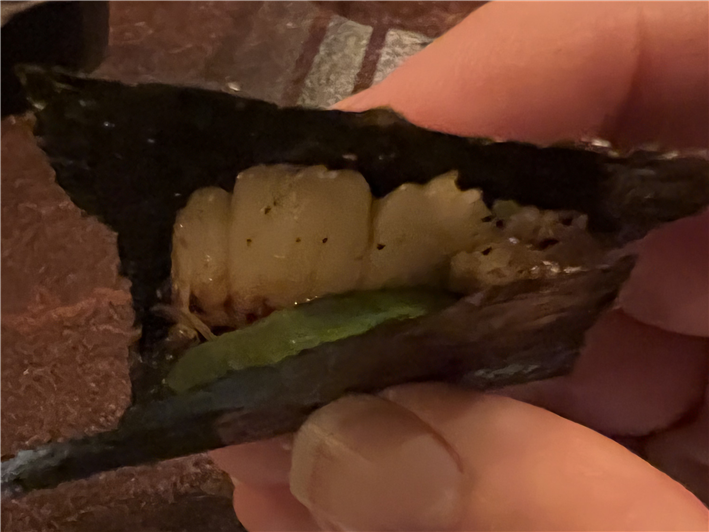
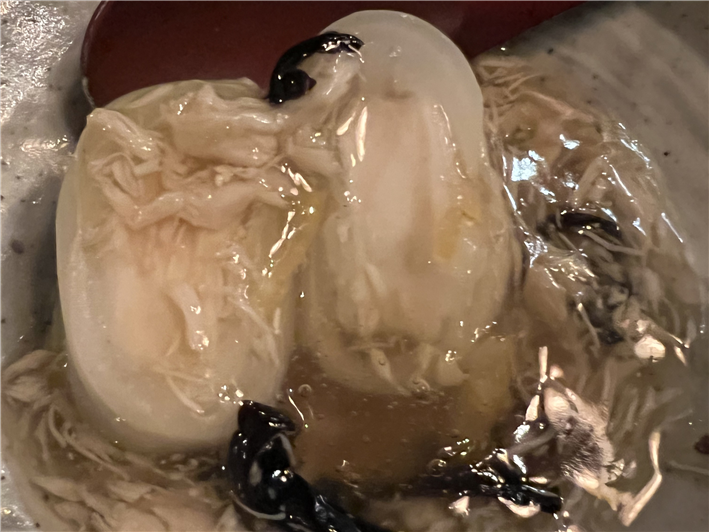
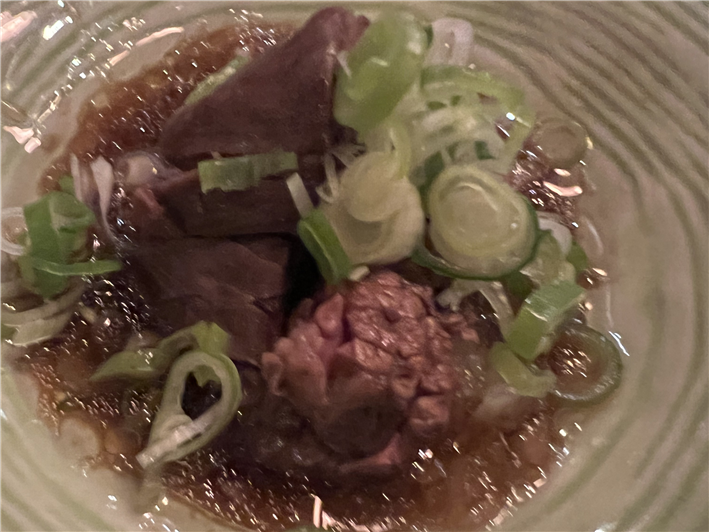
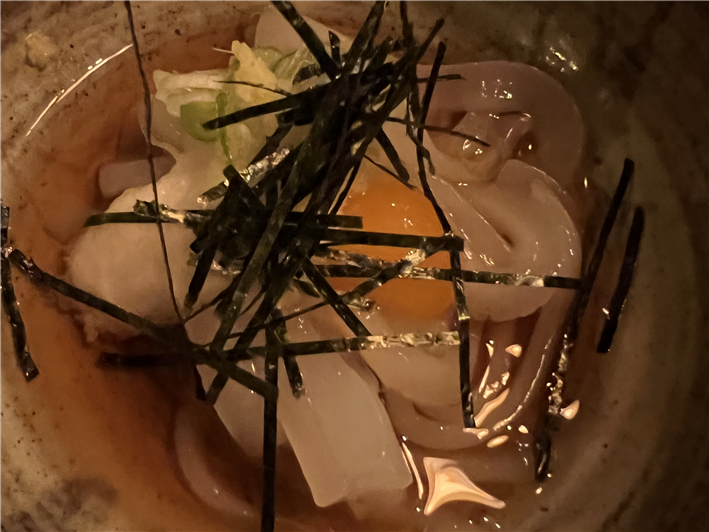
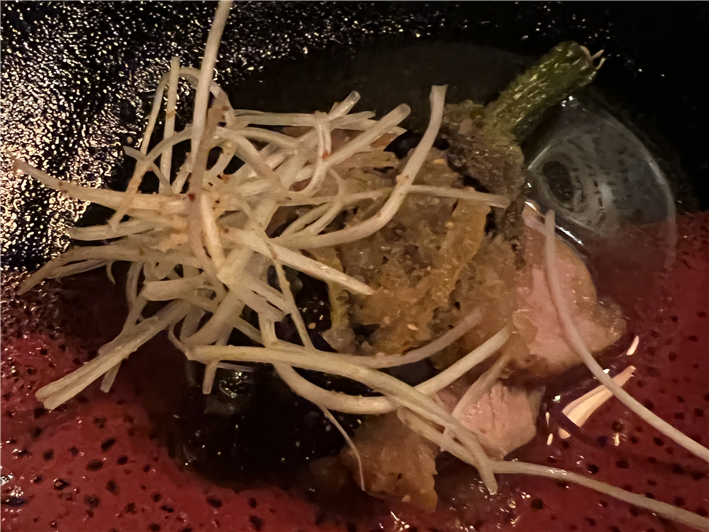
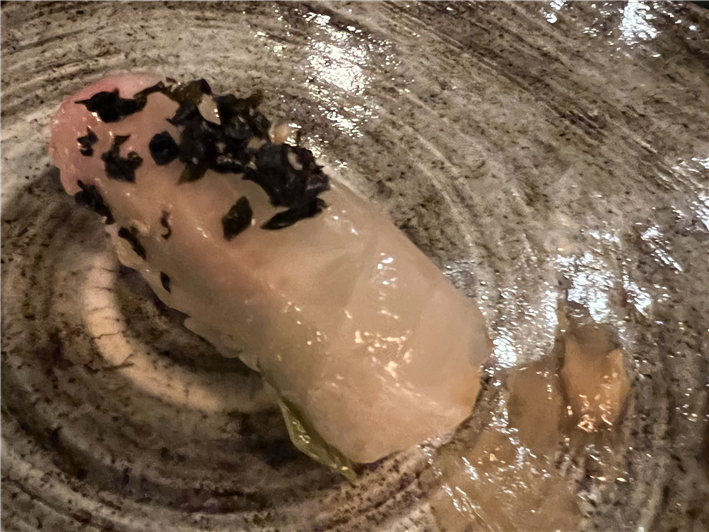

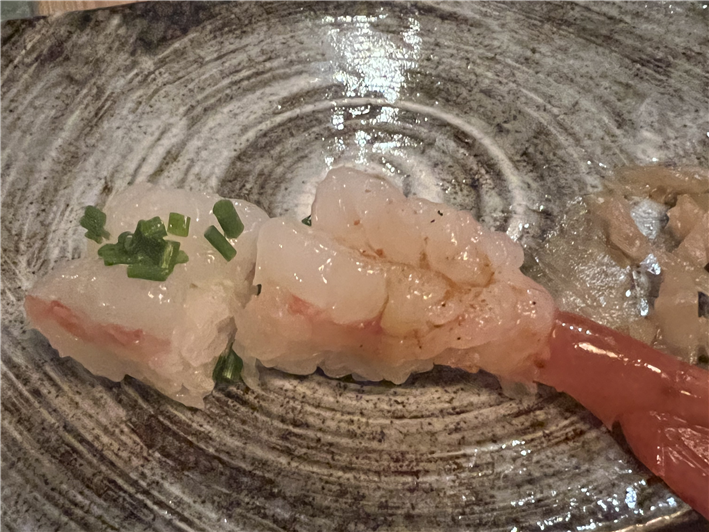


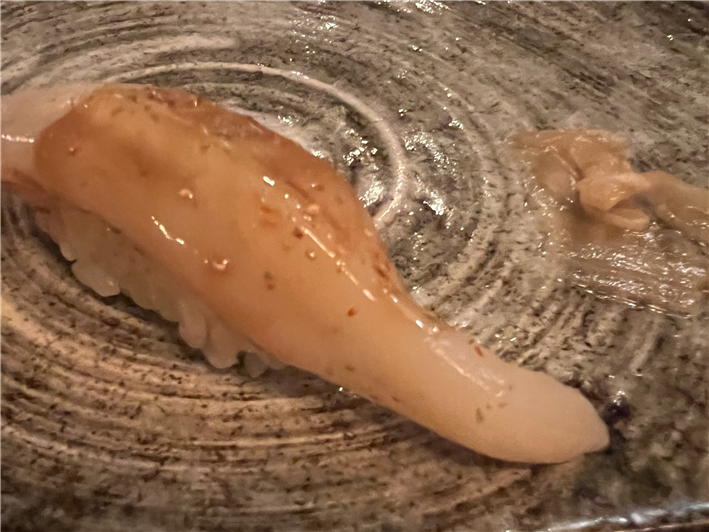


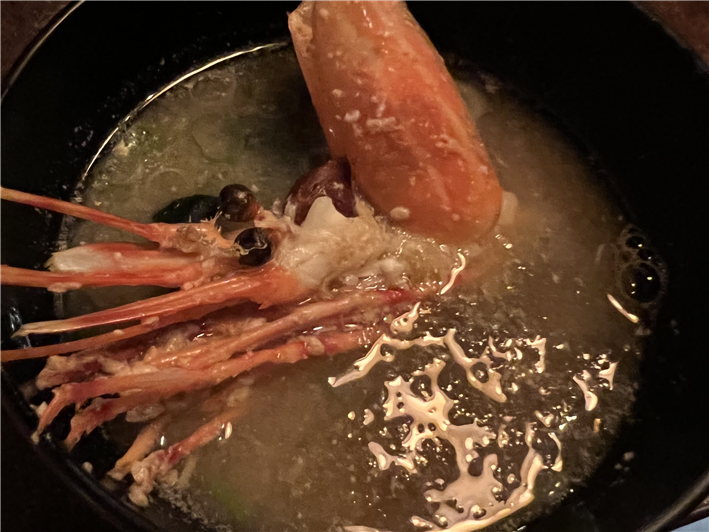
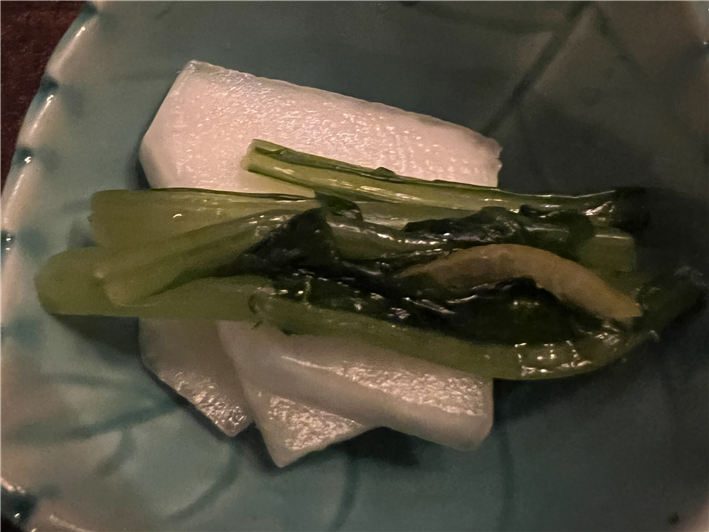
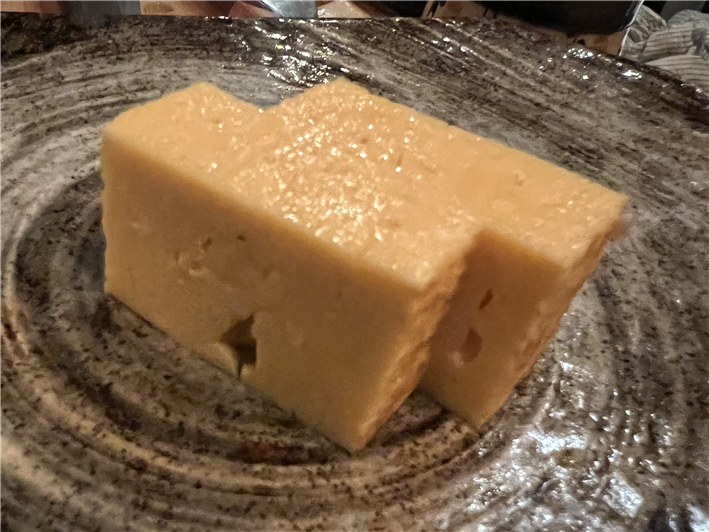
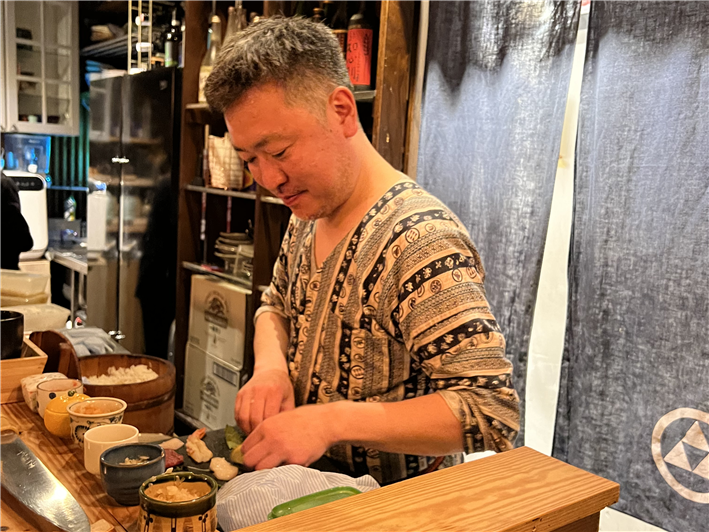
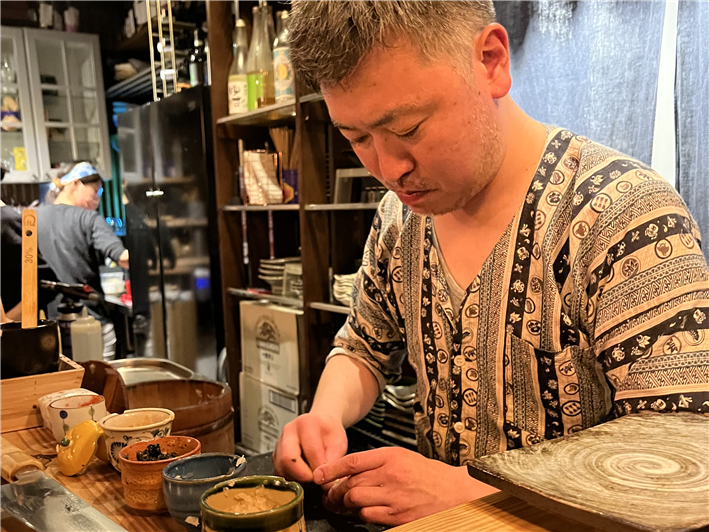

Shawn Rogers
Excellent insights as always Andy. Thank you.
Piers Tarleton
Good to hear from a fellow Midnight Diner fan!